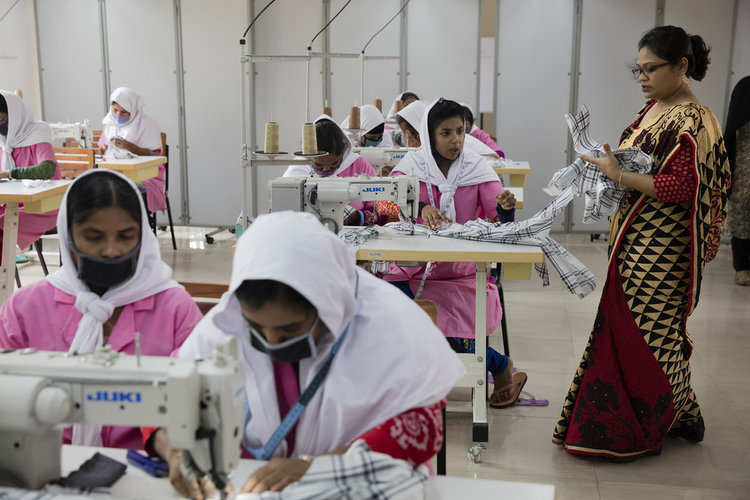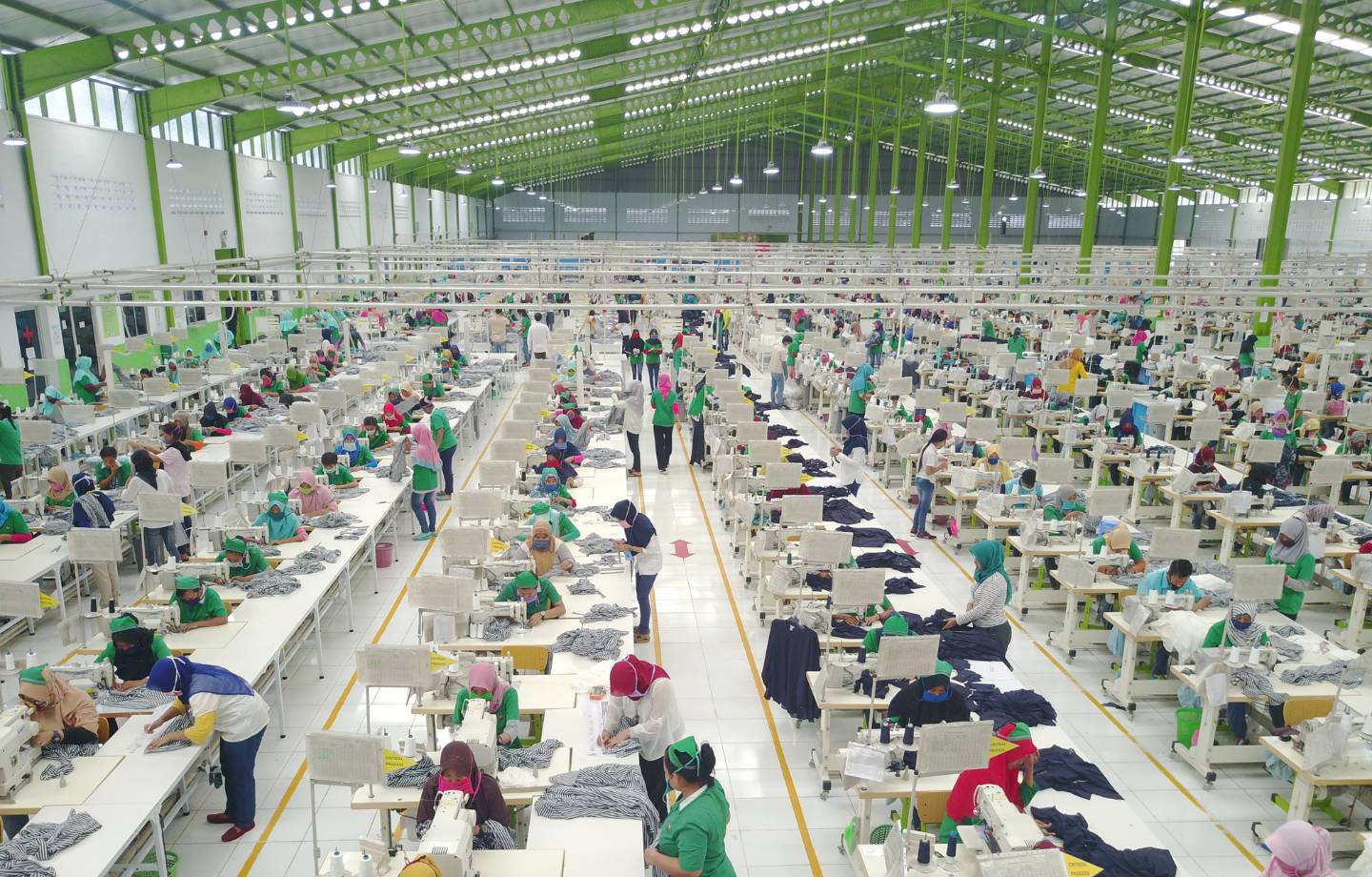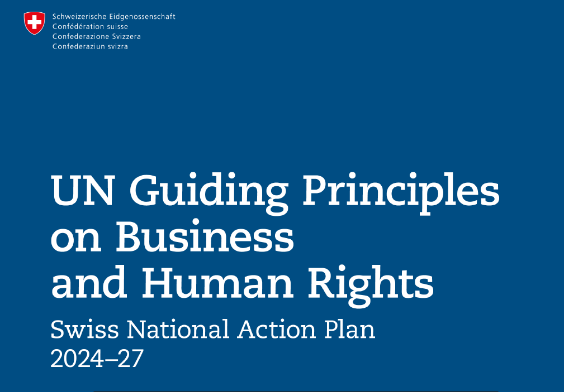Mapping the Garment Industry in Bangladesh: A Call for Transparency

February 20, 2019
The Center for Entrepreneurship Development at BRAC University in Dhaka, Bangladesh, published the results of what we assume will be the first phase of its digital mapping project of the country’s ready-made garment (RMG) sector. Initiated in 2017, the “Mapped in Bangladesh” project identifies 961 “export oriented” RMG facilities in Dhaka.
Our Center welcomes this and other mapping initiatives as a necessary first step in a comprehensive assessment of the full scope of safety issues in the RMG industry. We have also backed this project by sharing our research methodology and otherwise offering our support.
While we assume that this is only the initial phase of what will be an ongoing mapping effort, the published results to date raise concerns. As they go forward, the authors of this study should consider that:
- The safety initiatives that formed after the Rana Plaza disaster in 2013—the Accord on Fire and Building Safety in Bangladesh and the Alliance for Bangladesh Worker Safety—have already done factory inspections at more than 2,300 facilities, most of which are located in Dhaka. All facilities that produce for brands participating in the Accord or Alliance are clearly “export oriented.” It is therefore puzzling that the BRAC map includes less than half of the facilities that the Accord and Alliance already have identified.
- The project’s low factory count also reflects its use of a very narrow definition of “export-oriented” facility. The map includes only members of the two garment industry trade associations, BGMEA and the BKMEA, and those factories that are “export oriented and perform any of the core RMG processes of garment assembly like sewing or knitting.” This excludes textile, spinning, printing, packaging, labeling, embroidery, washing, dyeing, and finishing facilities. The project also excludes RMG factories in Export Processing Zones. Many of the processes these other facilities house also are indispensable for the production of garments and should therefore be included in future iterations of the map.
- The project’s methodology guide says that subcontracting facilities are included in the mapping, but it lists only 13 such facilities. According to the NYU Stern field research, subcontracting is a routine aspect of garment production for the export market. In our mapping research, 30% of the factories we identified in the sampled districts were subcontractors. With only 13 subcontracting facilities in its initial mapping, the authors of the BRAC study need to place much greater emphasis on this segment of the supply chain in future installments. Given the pressures on the industry related to price and the need to expand and contract production capacity according to market trends and seasons, subcontracting is a central element of the market, and there are many hundreds of such facilities. Apparently the mapping exercise also excludes factories that produce anything for the domestic Bangladeshi market. Our research has shown that many if not most facilities that produce for local consumers also accept orders for the export market. Subcontracting does not necessarily require membership in the industry associations. Garment production sites need an official status to import fabric and yarn duty-free but subcontractors receive all this material from the “mother factory.” The exclusion of domestic facilities and the focus on members of, the BGMEA and BKMEA[1] results in a map that does not correspond to the realities of production.
Against this background, it would be very useful for those who produced this study to provide more detail about how they did their research and the assumptions they made. For example, the methodology guide does not show the results of the first census that they conducted prior to cleaning up the data according to the specific definition of what qualifies as “export-oriented”. For this mapping of the RMG industry they used 25 field officers that covered the country[2] street by street. In addition, they interviewed locals (food sellers, police etc.) to ensure that they identified all production sites. Apparently, the field officers worked 3,300 man days over fours months in 2018 to complete the task, an indication of the scale of the project. In a pilot project BRAC conducted in 2015, the researchers concluded that there are over 8,000 facilities in Bangladesh. It would be interesting to see whether and how the unpublished census results differ from these initial estimates.
We would also welcome an outline of the project’s next steps for adding facilities to the map—in other locations and also in Dhaka. Likewise, it would be useful to have a timeline describing how researchers will go forward with this mapping exercise.
It is in the interest of the industry associations and the International Labor Organisation to ensure safe workplaces for all workers in the Bangladeshi garment industry, regardless of whether the facility falls within the project’s current definition of “export oriented.” Making progress towards creating a safe industry starts with a comprehensive mapping, but the map must include all facilities so that safety standards can be assessed and a strategic plan can be drafted to share responsibility for closing the safety gaps in the entire industry.
 Global Labor
Global Labor


